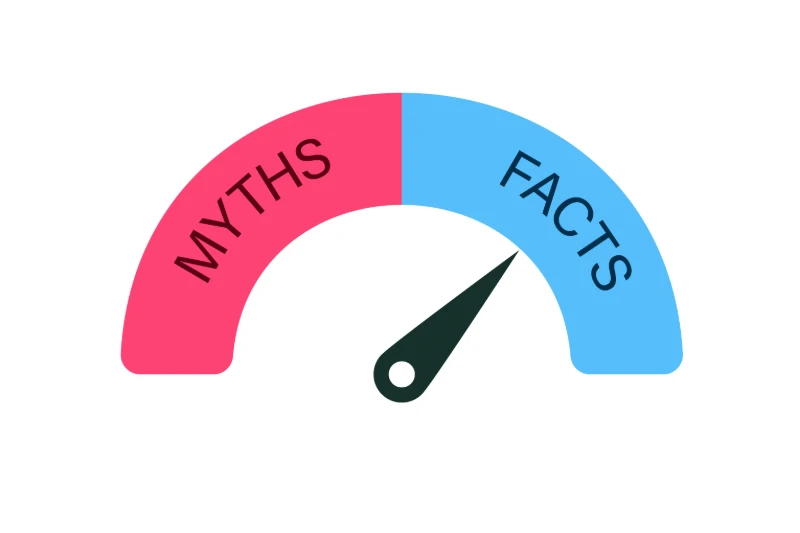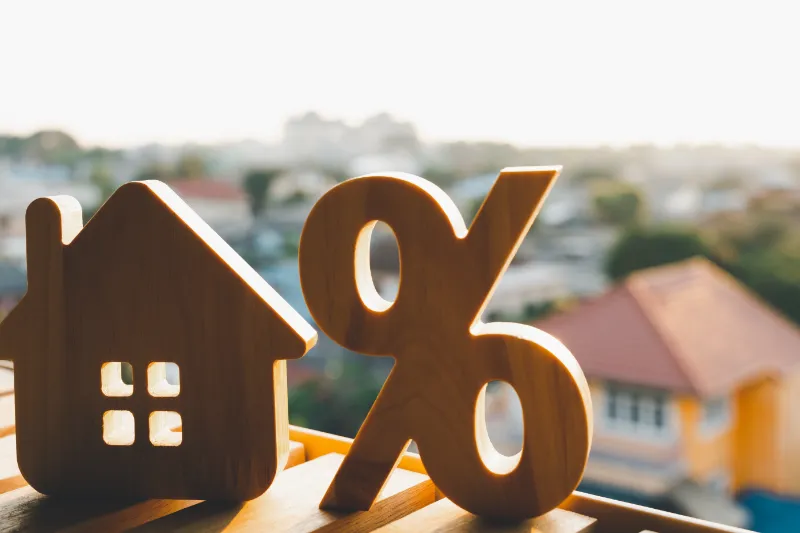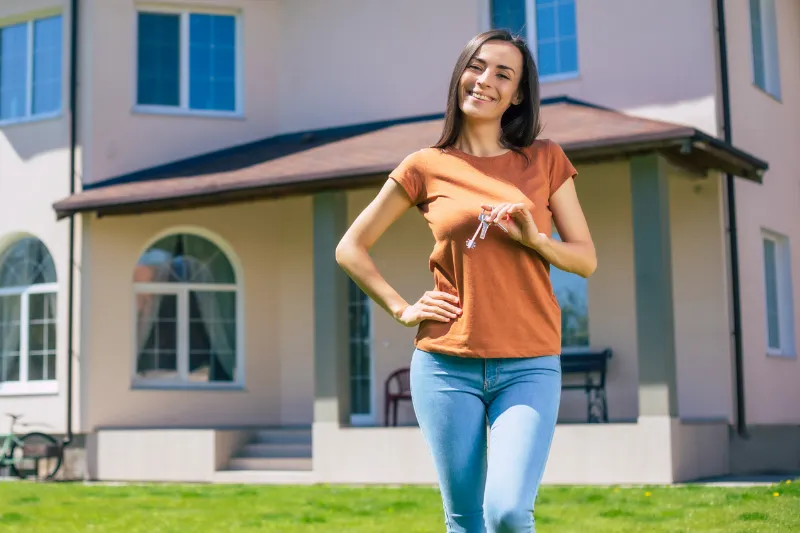When it comes to getting a mortgage, there’s no shortage of misinformation. Many homebuyers, especially…
HUD Invests $174 Million for Climate Resiliency
Title: HUD Invests $174 Million for Climate Resiliency in Multifamily Housing
Introduction
The U.S. Department of Housing and Urban Development (HUD) is making significant strides in addressing climate change and improving the lives of low-income individuals and families. With an investment of $174 million, HUD aims to enhance climate resilience in multifamily housing properties, promoting energy efficiency and reducing greenhouse gas emissions. This commitment aligns with President Biden’s Investing in America agenda and emphasizes the importance of building a more equitable and sustainable housing system.
The Green and Resilient Retrofit Program (GRRP)
HUD’s Green and Resilient Retrofit Program (GRRP) serves as a cornerstone of their efforts to combat climate change. Under the GRRP, HUD is allocating $837 million in funds from the Inflation Reduction Act of 2022 and its commitment authority. This program focuses on improving energy costs and housing quality in underserved communities, particularly those with HUD-assisted multifamily properties in low-income areas.
The GRRP aims to address climate resilience, energy efficiency, and water conservation. By investing in retrofitting initiatives, HUD seeks to reduce greenhouse gas emissions, enhance the resilience of housing properties, and promote the use of clean energy technologies. These initiatives will result in healthier, more energy-efficient homes for low-income individuals and families.
Secretary Fudge’s Commitment to Climate Resiliency
HUD Secretary Marcia Fudge has expressed her commitment to building a more equitable and sustainable housing system. She believes that access to healthy, energy-efficient, and resilient homes is essential for low-income individuals and families. Through the GRRP, Secretary Fudge aims to ensure that these communities have the necessary resources to improve their living conditions and mitigate the impacts of climate change.
In a statement, Secretary Fudge emphasized the importance of President Biden’s leadership in driving these efforts. The Biden administration recognizes the urgent need to address climate change and invest in sustainable housing solutions. By launching the GRRP, HUD is taking a significant step towards achieving these goals.
Funding Distribution and Initiatives
HUD’s funding distribution focuses on providing grants and loan subsidies for multifamily housing owners. The GRRP offers various funding options tailored to the expertise and needs of different property owners. The program’s implementing notice and Notices of Funding Opportunity (NOFOs) outline the different grant and loan options available.
The GRRP is the first HUD program to offer simultaneous investments in energy and water efficiency, greenhouse gas emissions reduction, clean-energy generation, and climate resilience strategies. This comprehensive approach ensures that multifamily housing properties receive the necessary support to prioritize sustainability and resilience.
To further support energy and water conservation efforts, HUD is planning to launch a new initiative that will collect and assess energy and water usage data from HUD-assisted multifamily housing properties. This data will help identify opportunities to save energy and water, reduce costs, and cut emissions.
Advancing Equity and Access to Green Technologies
HUD recognizes that lower-income communities often face barriers in accessing state-of-the-art efficiency, resilience, and clean energy technologies. The GRRP aims to bridge this gap by empowering communities to lead the retrofitting efforts in the multifamily sector.
Through the GRRP, building owners can invest in innovative technologies such as solar panels, heat pumps, and wind-resistant roofing. These upgrades not only reduce energy costs but also contribute to the overall sustainability and resilience of the properties. By prioritizing climate resilience and energy efficiency, HUD aims to create safer and healthier living environments for residents.
Impact on Underserved Communities
The GRRP’s focus on underserved communities is a crucial aspect of HUD’s commitment to social equity and environmental justice. By directing funding towards low-income areas, HUD aims to address the disparities in access to sustainable and resilient housing solutions.
The GRRP funding will enable building owners to make necessary improvements to their properties, ensuring that residents in underserved communities have access to high-quality, energy-efficient homes. This investment will have a positive impact on the lives of individuals and families, improving their overall well-being and reducing their vulnerability to climate-related risks.
Application Process and Future Funding Opportunities
HUD has opened the application process for the GRRP funding. Property owners participating in HUD’s multifamily housing programs, including Section 8 Project-Based Rental Assistance, Section 202 Supportive Housing for Low-Income Elderly, and Section 811 Supportive Housing for Low-Income Persons with Disabilities, are eligible to apply.
The GRRP offers three cohorts: Elements, Leading Edge, and Comprehensive. Each cohort provides different levels of funding based on the property’s needs and goals. Property owners can choose the cohort that aligns with their retrofitting plans and apply accordingly.
HUD anticipates multiple funding rounds, with a total of 12 rounds planned through May 2024. The first round of funding will distribute approximately $2 billion to eligible property owners. It is crucial for property owners to take advantage of this opportunity and submit their applications to access the financial support needed for retrofitting initiatives.
Conclusion
HUD’s investment of $174 million in climate resiliency for multifamily housing properties marks a significant step towards promoting sustainability and equity in the housing sector. By addressing energy costs, improving housing quality, and reducing greenhouse gas emissions, HUD aims to create a more sustainable and resilient future for low-income communities.
Through the GRRP, multifamily housing owners can leverage grants and loans to invest in innovative technologies and retrofitting measures. These initiatives will not only enhance the energy efficiency and climate resilience of properties but also contribute to the overall well-being of residents.
As HUD continues to prioritize climate resiliency, it reinforces its commitment to building a more equitable and sustainable housing system. By empowering underserved communities and providing access to green technologies, HUD is making a tangible impact on the lives of low-income individuals and families.




